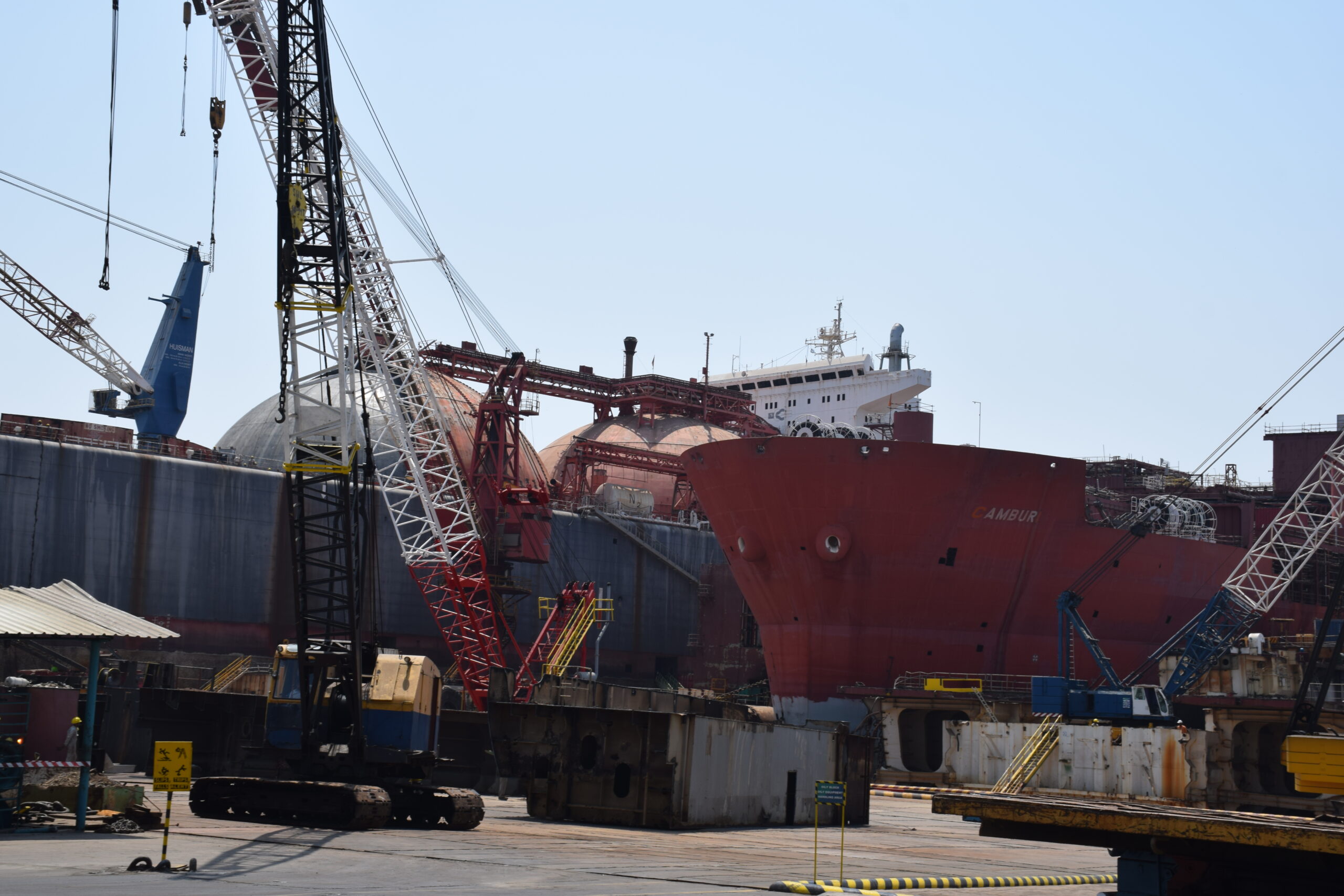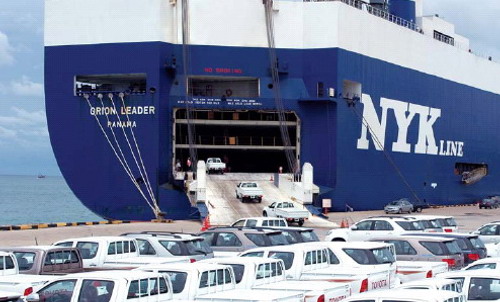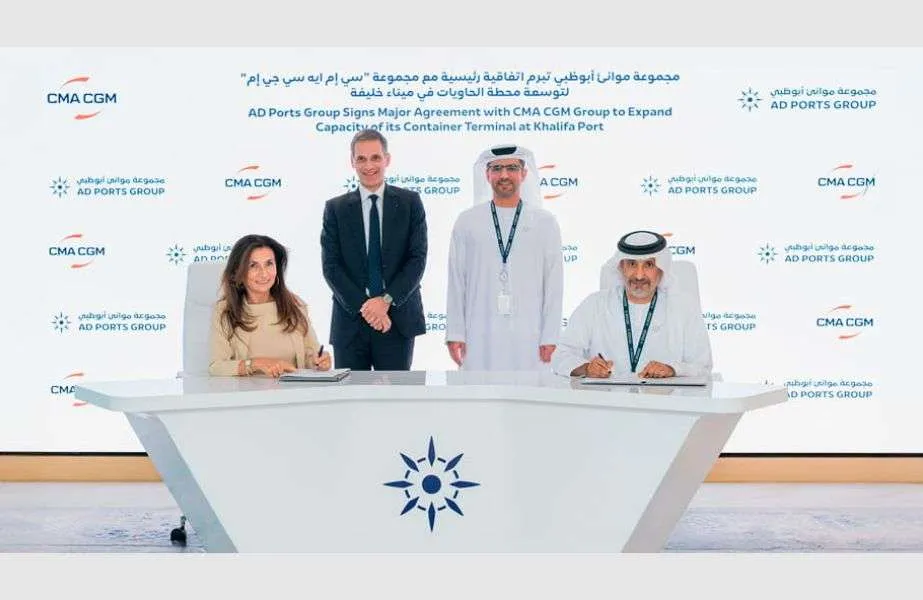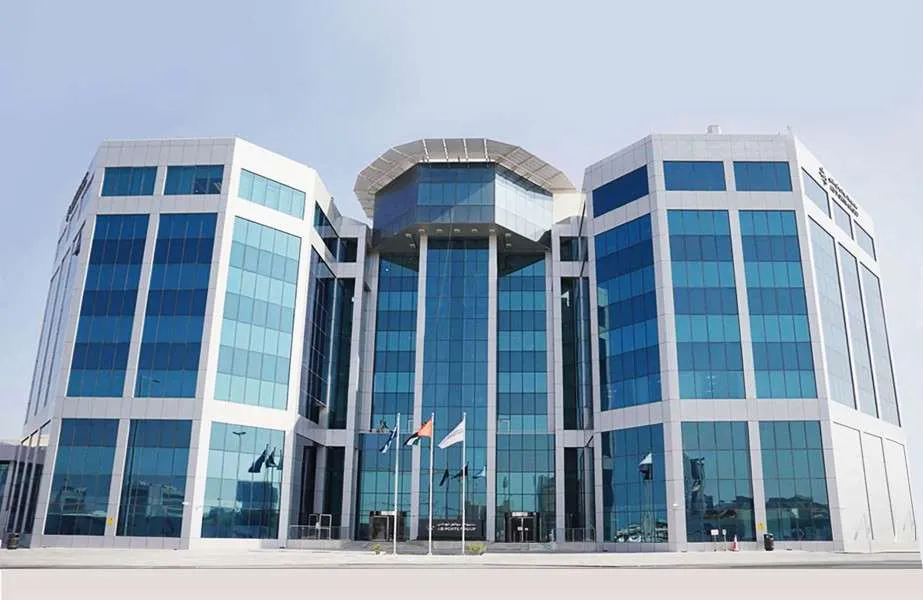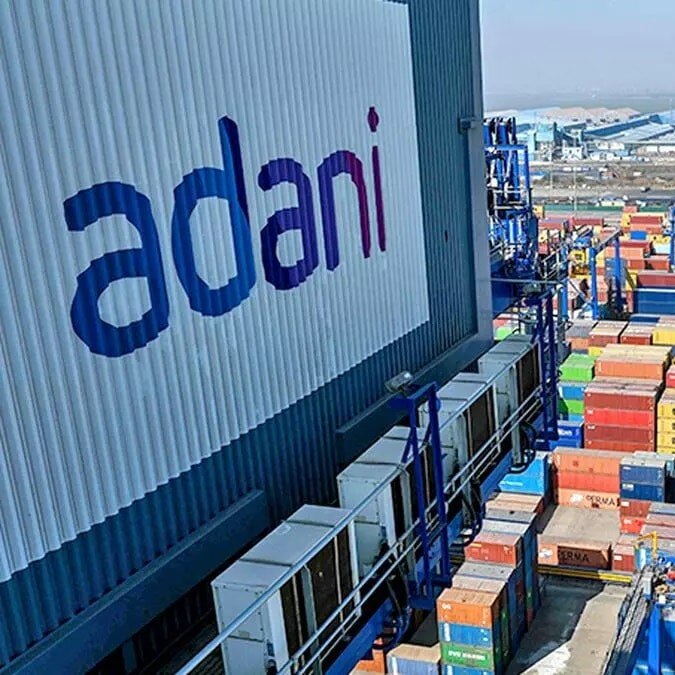World’s Largest Fish Factory Ship Reaches Alang for Recycling
The DIVO, once the world’s largest fish factory ship, has docked at Plot No.169M (PRIYA BLUE RECYCLING LLP) Alang ship recycling yard in India, marking the close of an era for the maritime giant. Originally built in 1980 as a crude oil tanker, the DIVO was transformed into a cutting-edge fish processing vessel in 2008, revolutionizing the fishing industry by integrating processing capabilities directly on board. Its arrival at Alang, a site synonymous with large-scale shipbreaking, signals not only the end of a significant chapter for the vessel but also the start of a complex recycling process that will benefit the local economy and broader industries.

The Alang shipbreaking yard, located on the west coast of India, is one of the largest in the world and has been a destination for ships reaching the end of their lifespan. With its extensive shipbreaking operations, Alang is a global leader in the dismantling of decommissioned vessels, where ships are carefully taken apart, and their materials are salvaged for reuse. The DIVO’s presence here is a monumental event for both the maritime and recycling sectors.
A Storied History: From Oil Tanker to Fish Factory
The DIVO’s journey began over 40 years ago as a crude oil tanker, designed to transport vast quantities of oil across the oceans. However, in 2008, in response to growing demand for more efficient and large-scale seafood processing, the vessel was converted into a fish factory. This conversion involved an ambitious overhaul that transformed the DIVO into a floating processing facility, equipped with state-of-the-art machinery capable of handling large catches of fish, processing them on-site, and storing them in refrigerated holds.
The DIVO’s conversion was a game-changer for the global fishing industry, particularly in Europe and Asia, where it was instrumental in supplying fresh seafood to markets worldwide. Unlike traditional fishing vessels, which would often have to return to land for processing, the DIVO could stay at sea for extended periods, processing its catch as it was brought on board. This innovation not only increased efficiency but also helped reduce the need for land-based processing facilities, cutting down on transport and logistics costs.
For more than three decades, the DIVO sailed the seas, serving as a critical link in the supply chain for seafood. Its ability to process vast quantities of fish while still at sea allowed it to support the ever-growing demand for seafood products, particularly in an era where the global appetite for fish was increasing.
The DIVO’s Legacy in the Fishing Industry
While the DIVO’s design revolutionized the industry in the early 2000s, changing times and growing environmental concerns have led to the decision to retire the vessel. In recent years, the global fishing industry has faced increasing pressure to adopt more sustainable practices, with stricter regulations and a growing emphasis on protecting marine ecosystems. These changes have prompted the development of smaller, more efficient vessels and a shift towards more responsible fishing practices, reducing the need for massive fish factory ships like the DIVO.
Despite its decommissioning, the DIVO’s contribution to the fishing industry is undeniable. The ship set new standards in efficiency and technological innovation, and its legacy will be remembered as a pivotal point in the evolution of global fisheries. The DIVO’s ability to process fish at sea enabled a more streamlined supply chain, providing fresh seafood to markets worldwide, all while reducing the environmental footprint associated with land-based processing.
The Shipbreaking Process at Alang
Now at the Alang ship recycling yard, the DIVO will be dismantled piece by piece. Shipbreaking is a labour-intensive process that involves cutting through the steel hull, removing machinery, and salvaging usable materials. Alang’s shipbreaking operations are known for their efficiency, and experts predict that the recycling of DIVO’s components will provide a valuable contribution to the local economy. Jobs will be created as the ship’s steel and other materials are repurposed for use in various industries, from construction to manufacturing.
While the economic benefits are clear, environmentalists and industry stakeholders are watching the demolition closely. Shipbreaking can pose significant environmental risks, particularly if hazardous materials are not handled properly. Advocates are urging authorities to ensure that the dismantling of the DIVO is conducted in a manner that minimizes harm to the environment and protects the safety of workers.
Looking Ahead: The Evolving Fishing Industry
The DIVO’s arrival at Alang signals the end of its operational journey, but it also serves as a reminder of the changing dynamics within the fishing industry. As new regulations and sustainable practices continue to reshape the industry, the days of massive fish factory ships like the DIVO may be numbered. However, the ship’s legacy will endure as a symbol of innovation in its time, reflecting both the achievements of the past and the challenges of the future.
As the dismantling process begins, the DIVO’s story comes to a close. But for those who worked on the ship, as well as the markets it served, the DIVO will be remembered as a pioneering force that helped revolutionize the way seafood was harvested and processed. Its impact on the global fishing industry will not be forgotten, even as the industry continues to evolve in new and more sustainable directions.
Author: shipping inbox
shipping and maritime related web portal




